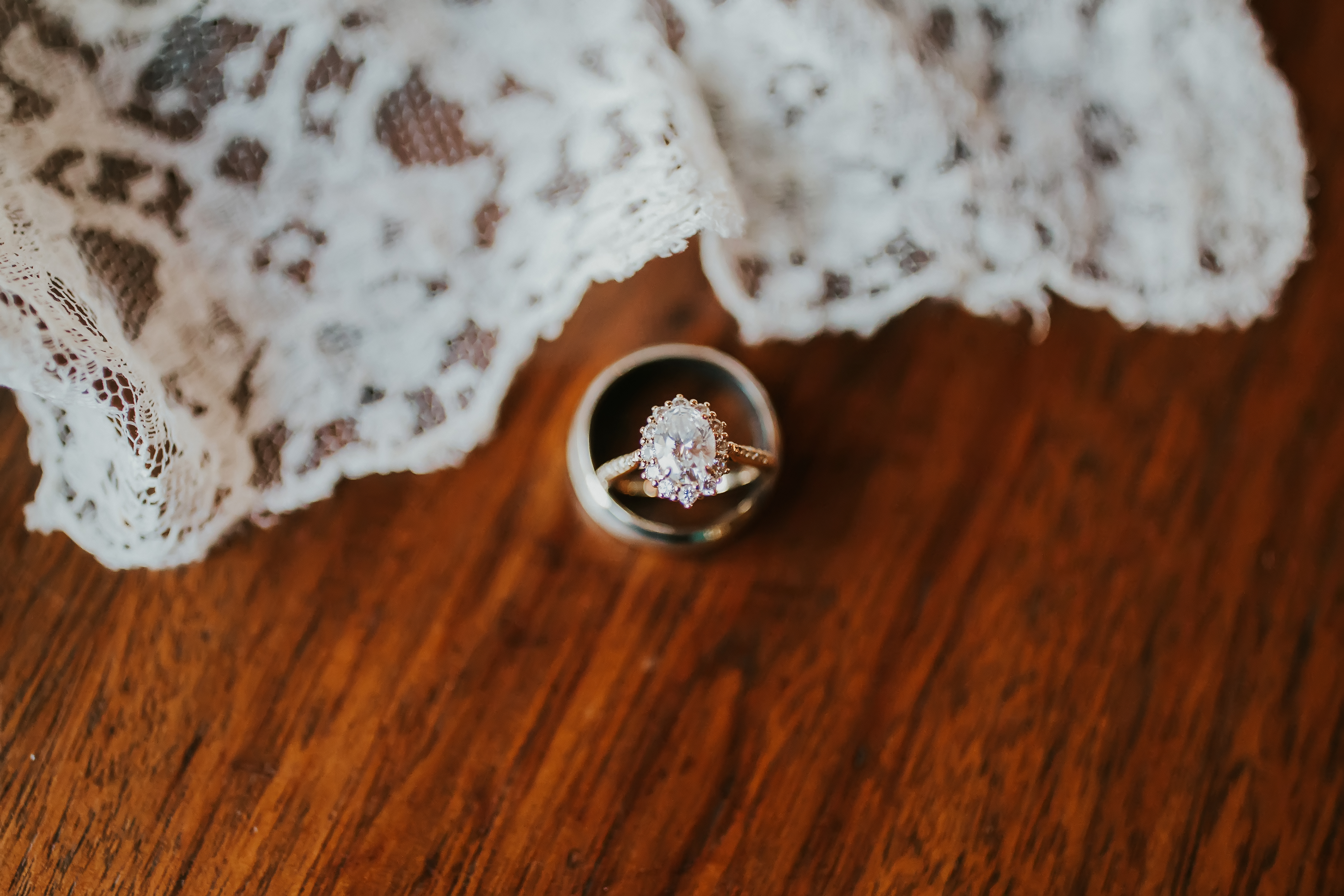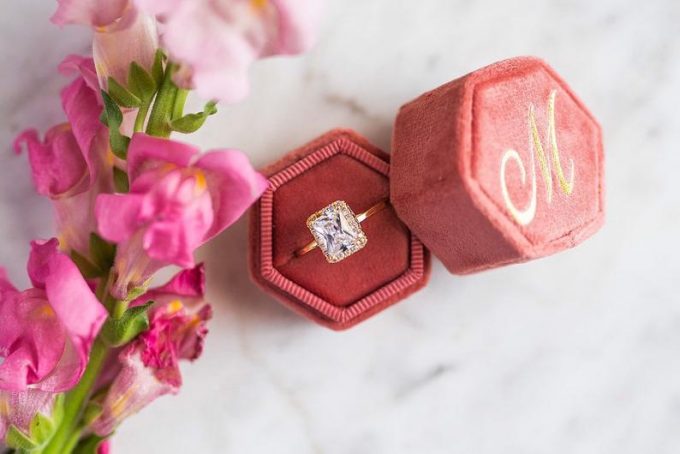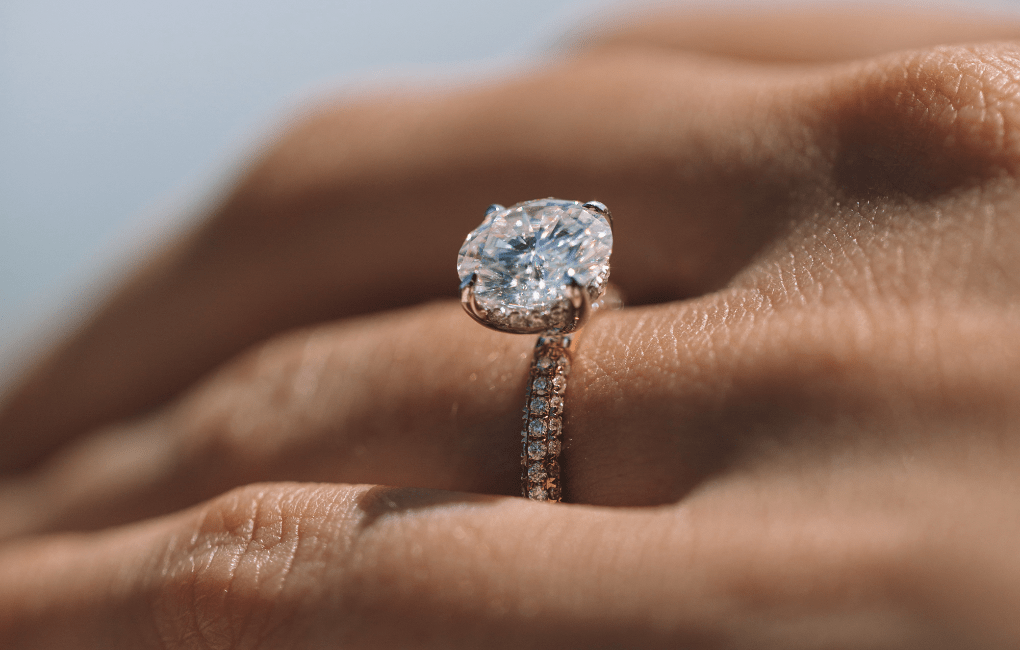A Guide to Natural versus Lab-Grown Diamonds
By Rebecca Padgett Frett
As the saying goes, diamonds are forever, and when you’re selecting an engagement ring or wedding band, it’s best to know your options. Diamonds are easily the most popular gemstones, durable enough to last for multiple generations. Here, we examine the differences between naturally occurring diamonds and those that are grown in labs.
Natural diamonds are created by pressure exerted by the earth’s crust over millions of years. Heat and pressure cause carbon to crystallize, thus forming a diamond. Natural diamonds are mined, cut, polished and then placed in a setting.
Lab-grown diamonds result from cutting-edge technology that replicates the effects of high pressure and heat. The lab-grown process takes only weeks or months.
Mined and lab diamonds contain the same chemical and physical properties, meaning that regardless of their origin both are gemstones classified as diamonds. Moissanite and cubic zirconium are not real diamonds. Because they don’t contain carbon atoms, their color and sparkle is less intense.

Price
The most significant difference between natural and lab-grown stones is the price point. Natural diamonds are more expensive owing to the work of finding, mining and cutting them. Plus, their supply is limited. Historically, natural diamonds have been heavily marketed as the epitome of luxury, further adding to their appeal.
On average, lab diamonds cost from 20% to 50% less than natural diamonds. Their supply is not limited, and they haven’t gained the same popularity yet.
It should be noted, however, that natural diamonds hold resale value well while it is hared to resell a lab-made diamond.
Durability
Natural and lab-made diamonds are equally durable because they are made out of the same materials. In fact, diamonds are the hardest material on earth. It is extremely difficult to chip or crack a diamond.

The Four C’s
Lab diamonds are graded on the same scale of cut, clarity, color and carat as natural diamonds. These grades are based upon standards put in place by the Gemological Institute of America and International Gemological Institute. Much like the natural stone, lab diamonds can have flaws that affect the stone’s sparkle, color and clarity. To the eye, no difference can be discerned between the two. Most jewelers cannot even tell the difference.
Ethical and Environmental impacts
Lab-grown diamonds are gaining in popularity due to environmental and ethical issues surrounding diamond mining. Many millennials and Generation Z couples are seeking companies that align with their outlooks on these matters. Lab-grown diamonds do leave a carbon footprint, but on a smaller scale.




